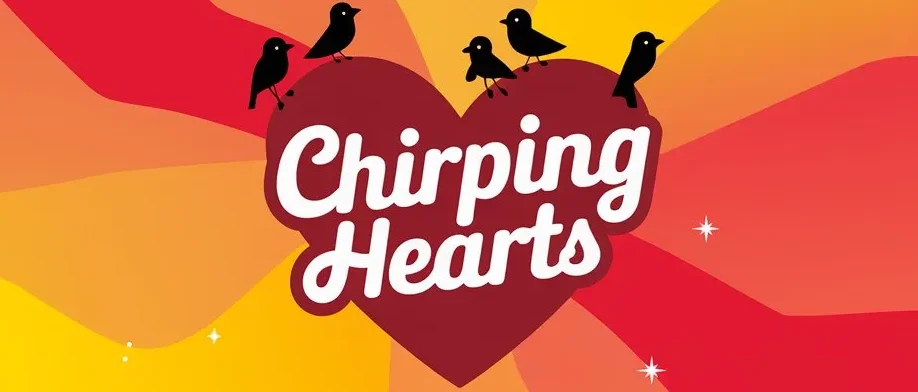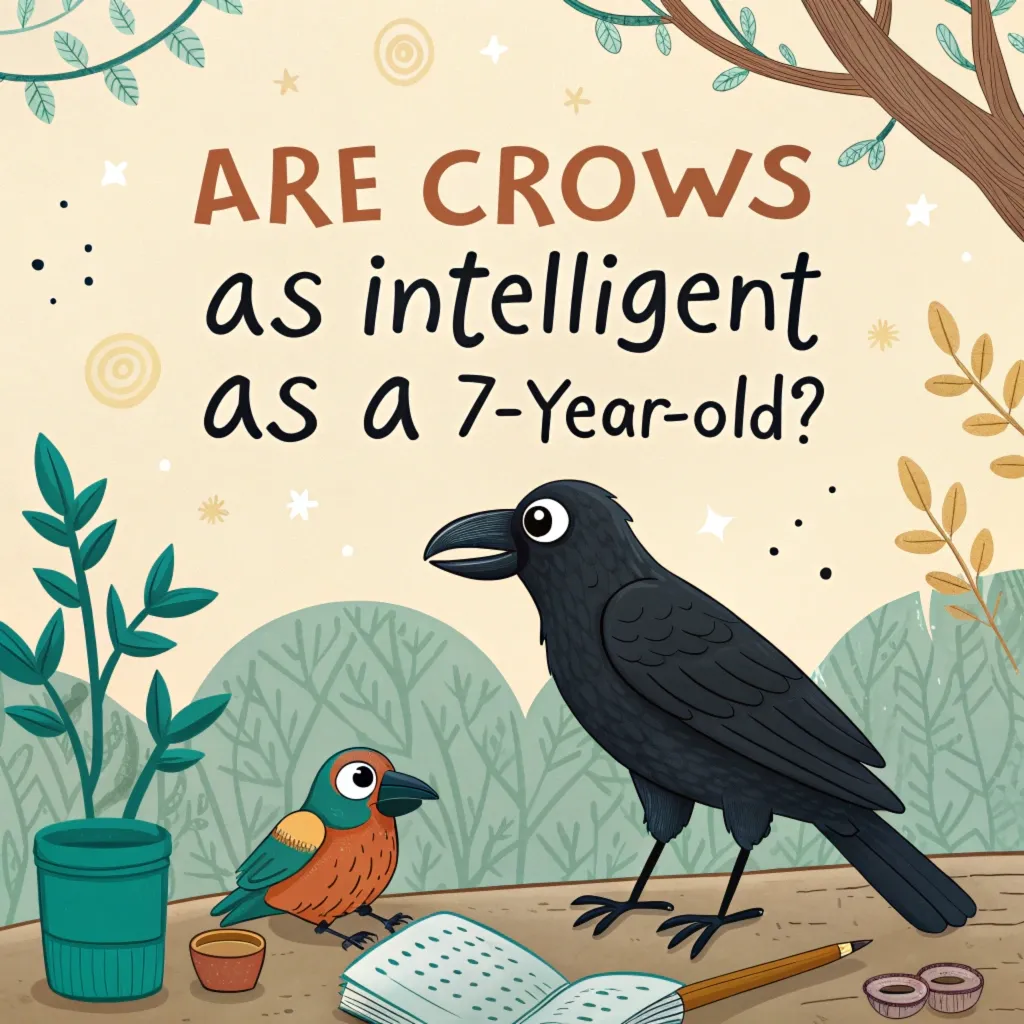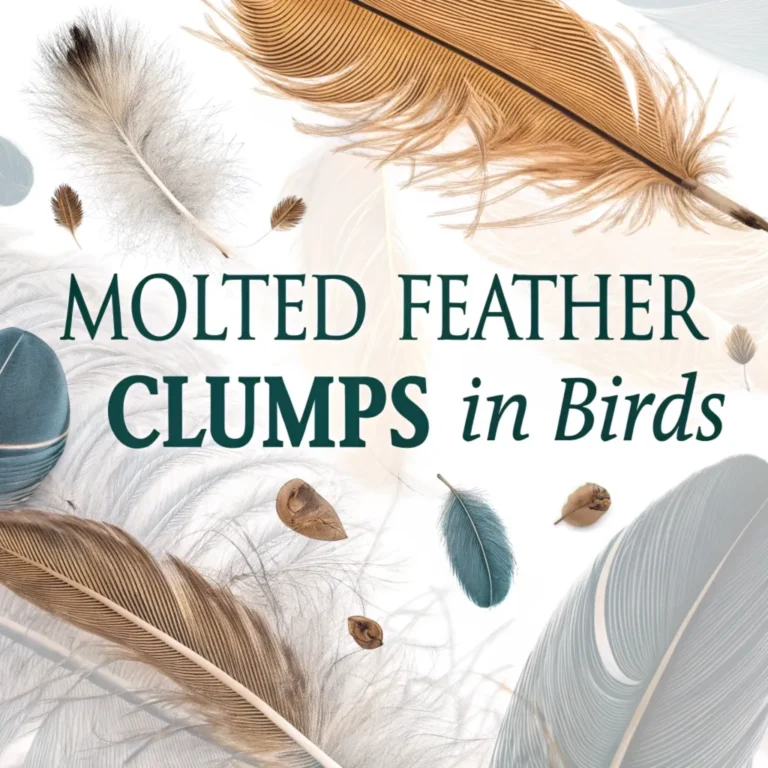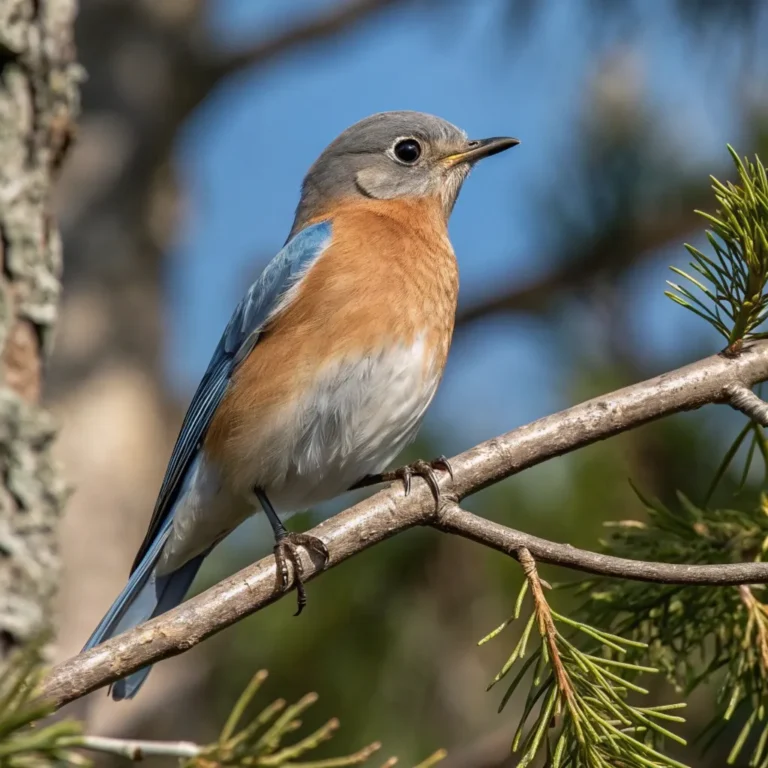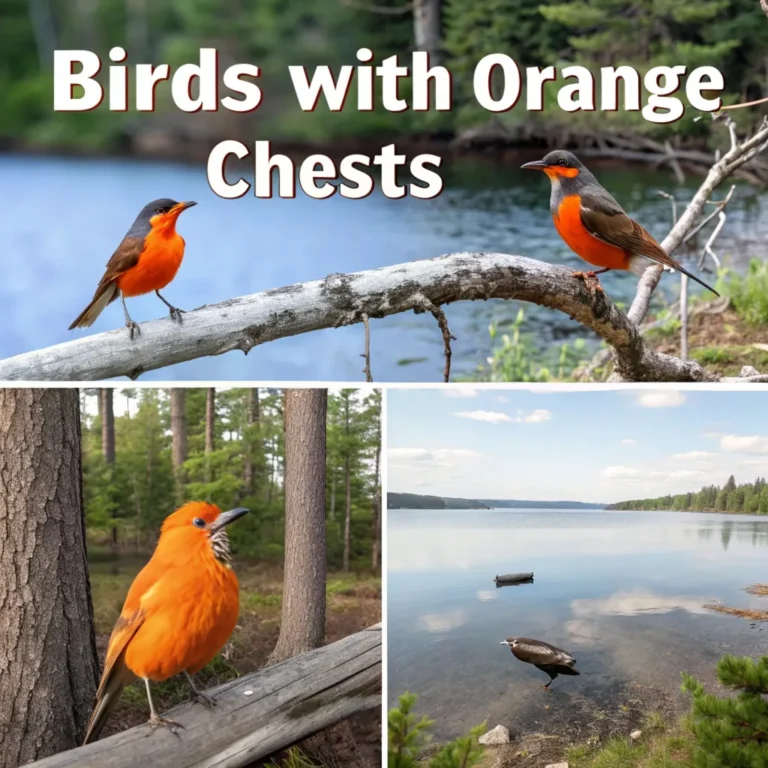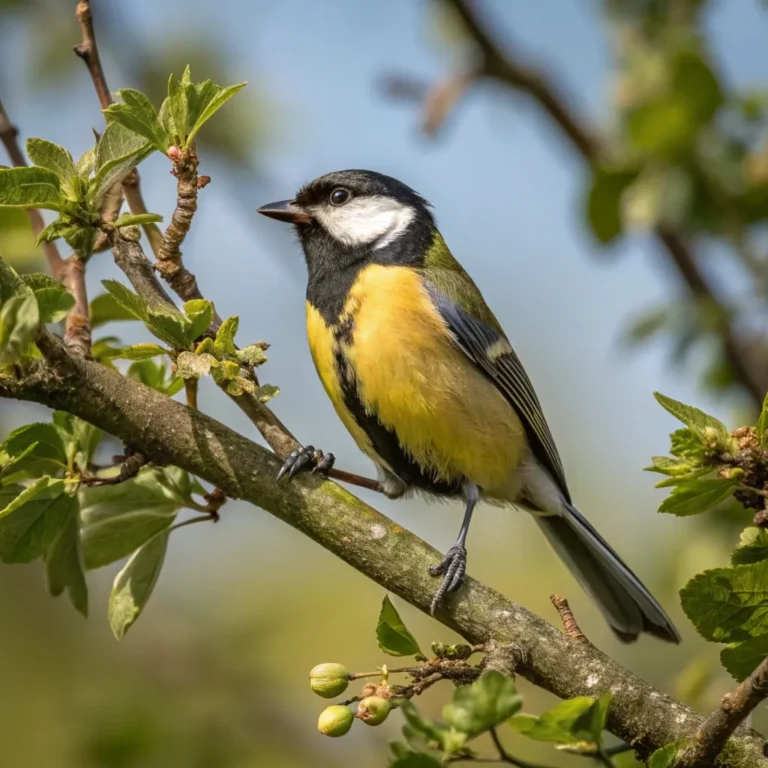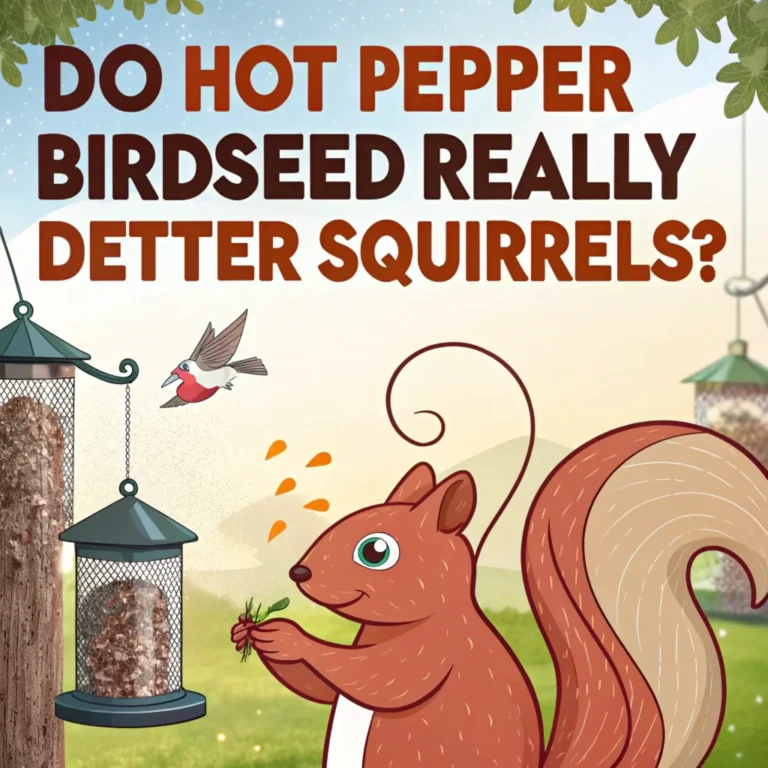Are Crows as Intelligent as a 7-Year-Old? Exploring Their Cognitive Abilities
Crows show surprising cognitive skills. These birds solve complex problems with ease. Recent studies reveal crows match young children in some mental tasks. This discovery challenges our views on animal intelligence.
Researchers find crows use tools, understand cause and effect, and even grasp abstract concepts. These abilities place crows among the smartest animals on Earth.
This post explores the fascinating world of crow intelligence. Join us as we uncover the remarkable mental capabilities of these clever birds. Prepare to be amazed by the hidden genius of crows.
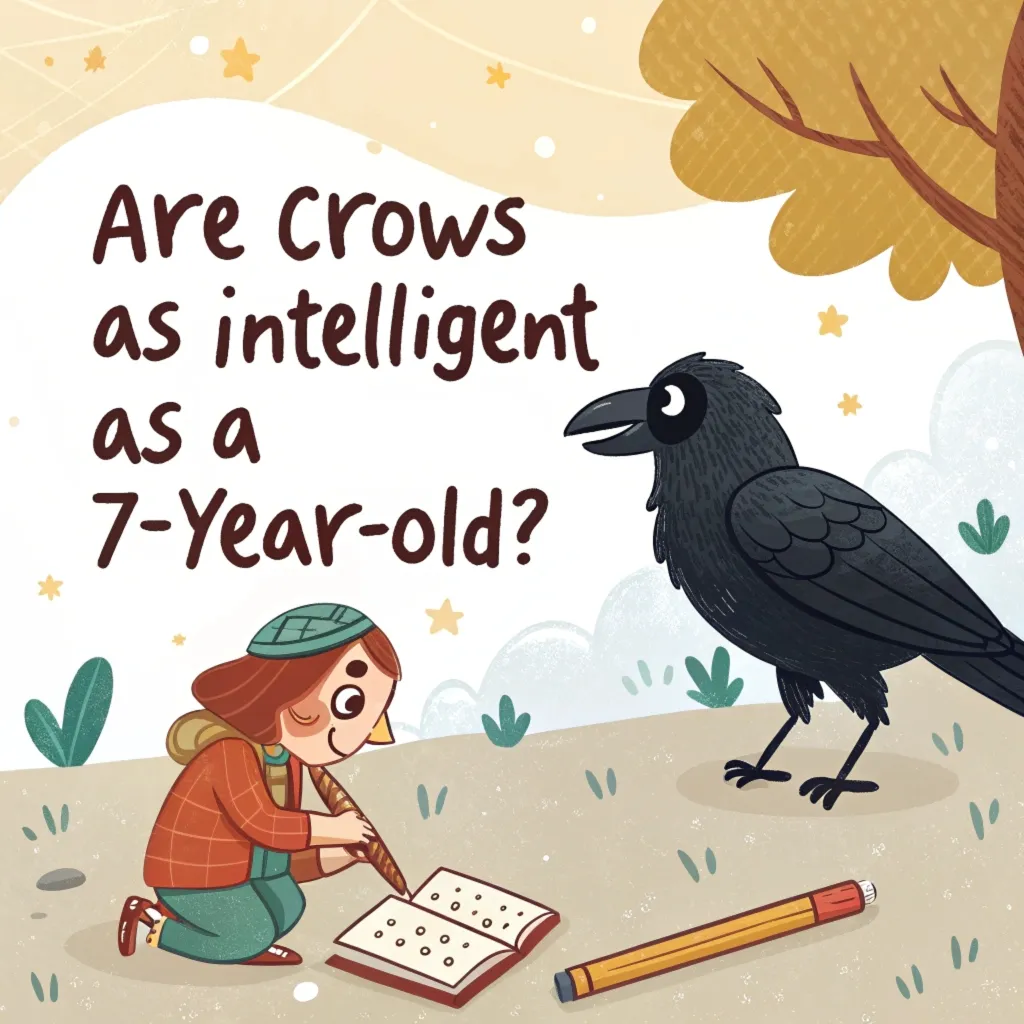
Key Takeaways
- Crows demonstrate problem-solving skills comparable to 7- to 10-year-old children in certain tasks
- These birds can understand water displacement and use it to their advantage
- Crows possess the ability to use tools and show self-control
- Research suggests crows can perform reasoning tasks at a level similar to young humans
- Scientists have observed crows learning from human behavior
- Corvids, including crows, have densely packed neurons in their brains, contributing to their intelligence
- Crows can grasp analogies and enjoy playful activities
- Recent studies indicate crows might have the capacity for recursion, a key feature in language
The Clever Crow: More Than Just a Fable
Aesop’s fable about the crow and the pitcher is not just a story. Recent research shows that crows can indeed solve water displacement tasks.
Scientists at the University of California, Santa Barbara, found that crows can perform as well as 7- to 10-year-old children in these experiments.
The intelligence of crows has long been a subject of fascination for scientists and bird enthusiasts alike. These black-feathered birds have repeatedly demonstrated cognitive abilities that surpass expectations for avian species.
Their problem-solving skills, tool use, and social behaviors have led researchers to draw comparisons between crow cognition and that of young human children, sparking a new wave of interest in animal intelligence studies.
Understanding Cause and Effect
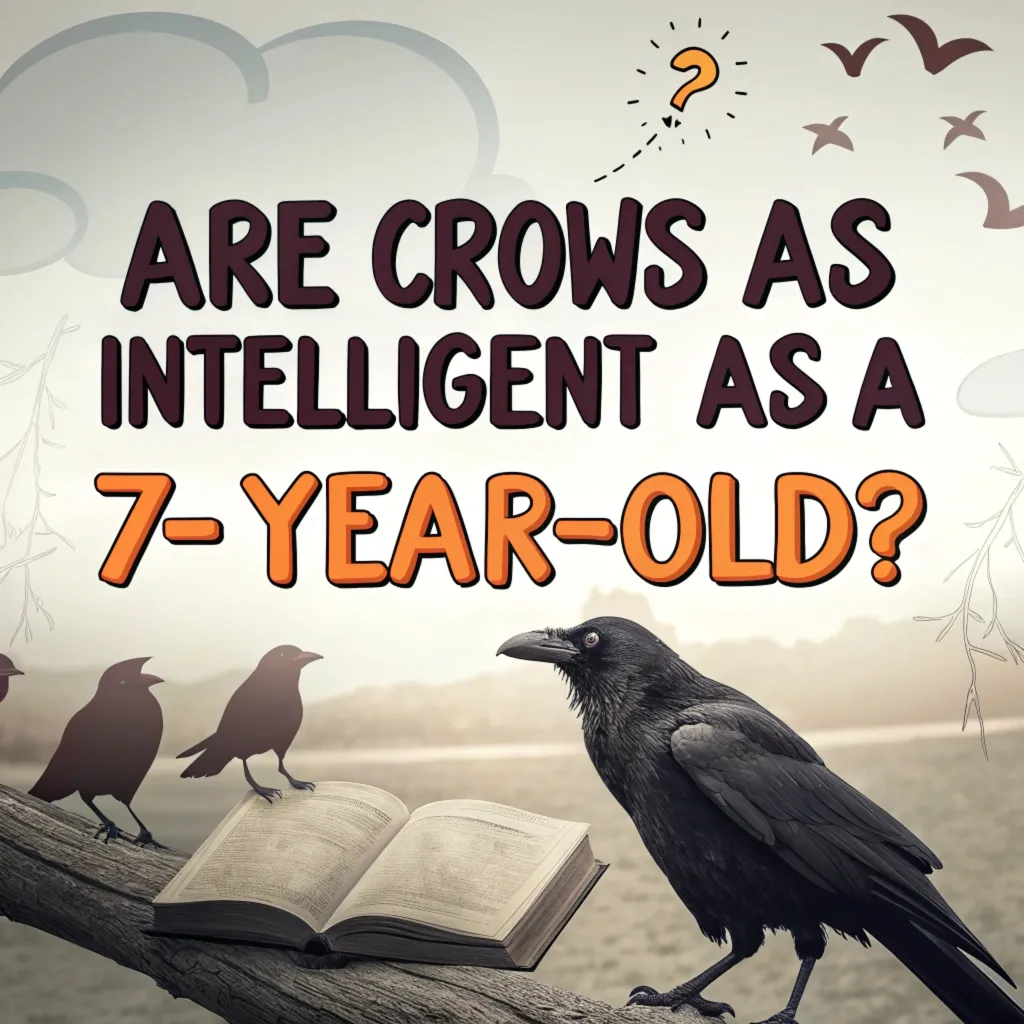
Crows show a remarkable ability to grasp cause-and-effect relationships. In experiments, they chose options that displaced more water, demonstrating an understanding of volume and its effects.
This cognitive skill is typically seen in older children, making the crows’ performance even more impressive.
The cognitive prowess of crows extends beyond simple associations. These birds exhibit a sophisticated understanding of how their actions can lead to specific outcomes.
In various experiments, crows have shown the ability to select tools of appropriate sizes and shapes to accomplish tasks, indicating a level of foresight and planning typically associated with higher cognitive functions.
This capacity for causal reasoning places crows in a unique position among non-human animals, challenging our perceptions of animal intelligence.
Comparing Crow and Child Intelligence
Studies reveal that crows can match the performance of 7- to 10-year-old children in certain cognitive tasks.
This comparison helps us understand the extent of crow intelligence. The birds show problem-solving skills that younger children often struggle with.
The parallels between crow and child intelligence are both fascinating and thought-provoking. While human children possess a broader range of cognitive abilities, crows excel in specific areas that require logical reasoning and problem-solving.
For instance, in tasks involving tool use or understanding physical properties like water displacement, crows often perform on par with or even surpass young children.
This comparison not only highlights the remarkable intelligence of crows but also provides insights into the development of cognitive skills across species.
The Water Displacement Test
Scientists used a modified version of the water displacement test to assess crow intelligence. In this test, crows had to figure out how to raise water levels to access food. The birds succeeded in tasks that only older children could typically solve.
The water displacement test has become a cornerstone in studying crow intelligence. In these experiments, crows are presented with a narrow tube containing water and a floating treat.
To reach the treat, the birds must drop objects into the tube to raise the water level. Remarkably, crows not only understand the concept but also show preference for more efficient solutions, such as choosing larger stones or denser materials that displace more water.
This level of problem-solving demonstrates a grasp of physical properties and cause-effect relationships that is truly impressive for a non-human species.
Tool Use and Self-Control
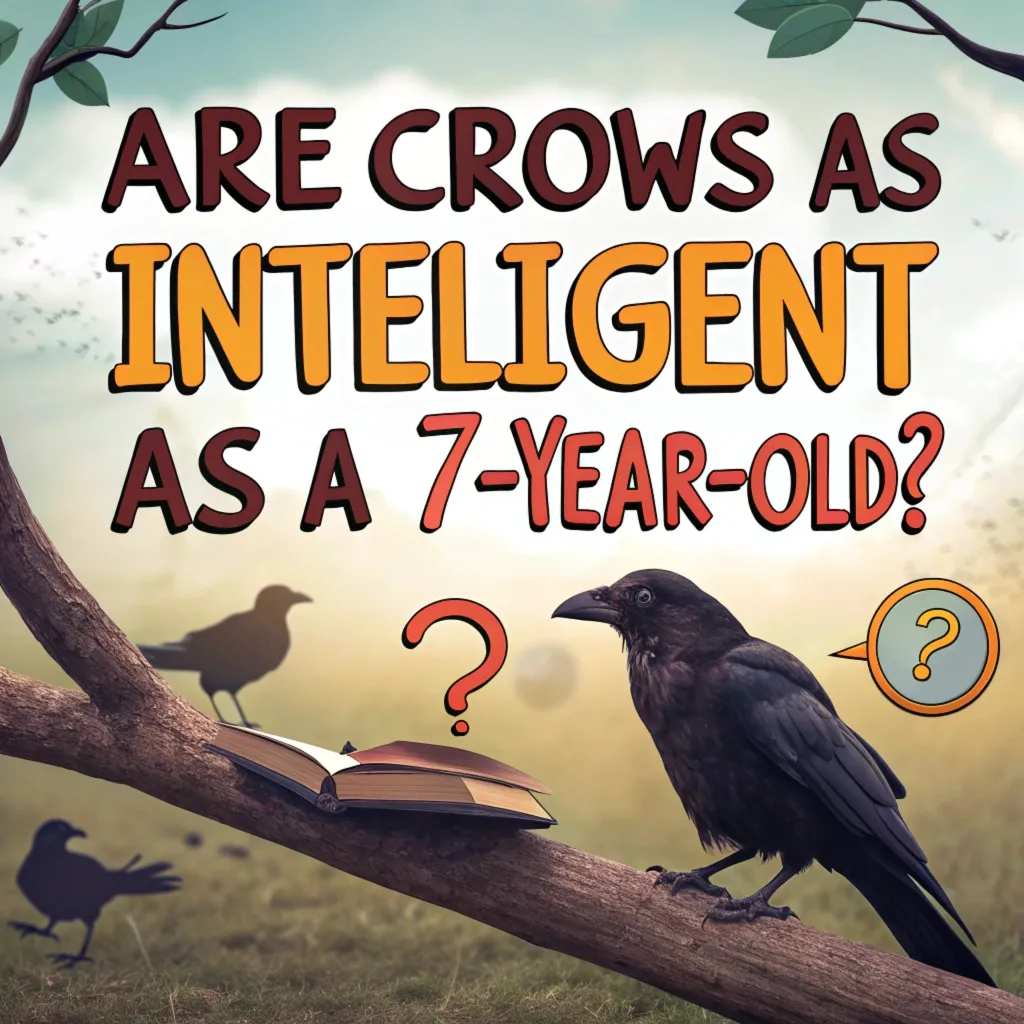
Crows show other signs of advanced cognition. They can fashion and use tools, demonstrating problem-solving skills. Additionally, crows exhibit self-control, a trait associated with higher cognitive functions.
The tool-using abilities of crows are particularly noteworthy in the animal kingdom. New Caledonian crows, for instance, are known to craft hooks from twigs to fish out insects from tree crevices.
This behavior involves not just using tools but creating them with a specific purpose in mind, a skill once thought unique to humans and a few primates.
Moreover, crows display remarkable self-control in delayed gratification experiments, often outperforming young children. They can resist immediate rewards for better future outcomes, a cognitive feat that requires advanced planning and impulse control.
Crow Brain Structure
Despite their small size, crow brains are densely packed with neurons. This structure allows for complex cognitive processes in a compact space. The density of neurons in crow brains even surpasses that of some mammals.
The neurological basis of crow intelligence lies in their unique brain structure. Although bird brains are smaller than those of mammals, they are remarkably efficient.
The forebrain of crows, particularly the nidopallium caudolaterale, is highly developed and is thought to be analogous to the prefrontal cortex in mammals. This region is associated with higher-order thinking, planning, and problem-solving.
The density of neurons in this area allows crows to perform complex cognitive tasks despite their small brain size, challenging the notion that larger brains are always indicative of higher intelligence.
Learning from Human Behavior
One fascinating aspect of crow intelligence is their ability to learn from humans. Crows observe and adapt to human behavior, showing a level of social intelligence previously underestimated in birds.
Crows exhibit an extraordinary capacity to learn from and adapt to human environments. They have been observed using cars to crack nuts at traffic lights, waiting for the red light to place the nuts and the green light to retrieve the cracked shells.
This behavior demonstrates not just problem-solving but also an understanding of human-created systems.
Moreover, crows can recognize individual human faces and remember those who have threatened or helped them, passing this information to their offspring. This level of social learning and memory is a testament to their advanced cognitive abilities.
Crows and Facial Recognition
Crows possess an extraordinary ability to recognize and remember human faces. This skill goes beyond simple visual recognition, as crows can associate specific faces with past experiences and behaviors.
Research by John Marzluff at the University of Washington demonstrated that crows not only remember faces associated with threatening experiences but also pass this information to their offspring and other crows.
In experiments using masked researchers, crows showed a lasting memory of faces linked to capture events, even five years after the initial encounter.
The cognitive process behind this facial recognition is remarkably similar to that of humans.
This neurological response indicates a sophisticated level of social cognition, allowing crows to make complex judgments about potential threats or allies in their environment.
This facial recognition ability extends to nuanced social interactions. Crows react differently to human gazes, taking flight more quickly when a person looks directly at them compared to when the gaze is averted.
This behavior suggests a keen awareness of human attention and intention, further highlighting the crows’ advanced social intelligence.
Urban Adaptation and Problem-Solving
Crows have shown remarkable adaptability to urban environments, demonstrating problem-solving skills that often rival those of young human children.
Their ability to thrive in cities is not just a matter of survival but a showcase of their cognitive flexibility and innovative thinking.
One striking example of urban adaptation is the crows’ use of cars to crack open nuts. In various cities, crows have been observed dropping hard-shelled nuts onto roads, allowing passing vehicles to break them open.
The birds then wait for traffic lights to change before safely retrieving their food. This behavior demonstrates not only tool use but also an understanding of traffic patterns and human-created systems.
Crows also exhibit advanced problem-solving skills in obtaining food. They can fashion tools from wire or twigs to probe for insects, showing an ability to modify their environment to suit their needs.
In experimental settings, New Caledonian crows have solved complex puzzles involving multiple steps and tool use, showcasing planning abilities and causal reasoning.
Their social behavior in urban settings is equally impressive. Crows form tight-knit communities and engage in cooperative behaviors such as mobbing predators to protect their group.
They also display a sense of fairness and reciprocity, sharing food and cooperating during breeding seasons.
These social dynamics reflect their advanced social cognition and ability to navigate complex social hierarchies, skills that are crucial for survival in densely populated urban areas.
Analogical Reasoning in Crows
Crows can understand and use analogies, a cognitive skill often associated with higher intelligence. This ability suggests that crows can think abstractly and make connections between different concepts.
The capacity for analogical reasoning in crows is a groundbreaking discovery in animal cognition studies. This ability involves recognizing relationships between objects or concepts and applying these relationships to new situations.
In experiments, crows have demonstrated the ability to solve puzzles based on analogical thinking, a skill previously thought to be unique to humans and some primates.
This cognitive feat suggests that crows possess a level of abstract thinking that goes beyond simple problem-solving, indicating a more sophisticated understanding of their environment and the relationships within it.
Playful Nature of Crows
Like humans, crows enjoy play. This behavior is not just for fun but also indicates cognitive development and problem-solving skills. Play in crows often involves manipulating objects and social interactions.
The playful behavior of crows is not merely a sign of boredom or excess energy; it serves important cognitive and social functions. Crows engage in various forms of play, from aerial acrobatics to manipulating objects in creative ways.
This playfulness is often linked to learning and cognitive development. Young crows use play to practice skills they’ll need as adults, such as tool use and social interaction.
Even adult crows continue to play, suggesting that this behavior might serve ongoing cognitive benefits, keeping their minds sharp and adaptable.
The complex nature of crow play, often involving rules and turn-taking, further demonstrates their advanced social and cognitive capabilities.
Recursion: A New Discovery
Recent research suggests that crows might be capable of recursion, a key feature in grammar and language. This finding, if confirmed, would place crow cognitive abilities even closer to human language skills.
The discovery of potential recursive abilities in crows is a groundbreaking development in animal cognition research. Recursion, the ability to embed elements within elements of the same kind, is a fundamental aspect of human language and thought.
In a recent study, crows showed signs of understanding center-embedded structures, a form of recursion, in problem-solving tasks. This ability, if fully confirmed, would represent a significant leap in our understanding of animal cognition.
It suggests that crows might possess cognitive processes more similar to human language skills than previously thought, opening new avenues for exploring the evolution of complex thinking across species.
Implications for Animal Intelligence Research
The study of crow intelligence challenges our understanding of animal cognition. It suggests that intelligence can evolve in different ways across species, not just in primates or mammals.
The revelations about crow intelligence have far-reaching implications for our understanding of animal cognition. These findings challenge the traditional view that advanced cognitive abilities are limited to primates or mammals with large brains.
Crows, with their relatively small brains, demonstrate that complex problem-solving and social intelligence can evolve in diverse ways across the animal kingdom.
This realization prompts a reevaluation of how we define and measure intelligence in non-human species.
It suggests that we may need to broaden our criteria for assessing animal cognition, considering factors beyond brain size or evolutionary proximity to humans.
Ethical Considerations in Crow Research
As we learn more about crow intelligence, it raises ethical questions about how we treat these birds. Their cognitive abilities suggest a level of sentience that might require us to reconsider our interactions with them.
The growing body of evidence supporting crow intelligence has significant ethical implications for how we interact with and treat these birds.
Recognizing their advanced cognitive abilities raises questions about the moral considerations we extend to non-human animals. Should crows be afforded greater legal protections? How do we balance human needs with the welfare of these intelligent creatures?
These questions become particularly pertinent in urban environments where crows often come into conflict with humans.
The ethical debate extends to research practices as well, prompting scientists to develop more humane and respectful methods for studying crow behavior and cognition.
Future Directions in Crow Cognition Studies
Research into crow intelligence is ongoing. Future studies might reveal even more about their cognitive abilities, potentially uncovering skills we haven’t yet considered in birds.
The field of crow cognition research is ripe with potential for future discoveries. Scientists are exploring new avenues to understand the full extent of crow intelligence.
One promising area is the study of crow vocalizations and their potential for complex communication.
Researchers are also investigating the neurological basis of crow intelligence, using advanced imaging techniques to map their brain activity during problem-solving tasks.
Another exciting direction is the exploration of crow social structures and how they might contribute to collective intelligence.
As technology advances, we may develop new methods to study crow cognition in more natural settings, providing insights into how these birds use their intelligence in the wild.
FAQs
How do scientists measure crow intelligence?
Scientists use various tests, including problem-solving tasks, tool use observations, and cognitive challenges like the water displacement test to measure crow intelligence.
Can crows recognize human faces?
Yes, crows can recognize and remember human faces. They can distinguish between friendly and unfriendly humans and pass this information to other crows.
Do all crow species show the same level of intelligence?
While all crow species show high intelligence, some, like the New Caledonian crow, are known for exceptional problem-solving skills and tool use.
How does crow intelligence compare to other birds?
Crows, along with other corvids like ravens and magpies, are considered among the most intelligent bird species, often outperforming other birds in cognitive tasks.
Can crows learn human language?
While crows can’t speak human language, they can learn to mimic sounds and associate specific calls with meanings, showing a form of communication with humans.

Joyce is the passionate founder of Chirping Hearts, a website dedicated to sharing her love for birds and providing valuable information about avian life. With a background in ornithology and years of experience in birdwatching, Joyce aims to inspire others to appreciate the beauty and diversity of birds. Through her engaging articles and guides, she hopes to foster a community of bird enthusiasts who share her enthusiasm for these incredible creatures. When she’s not writing, Joyce enjoys exploring nature trails and observing birds in their natural habitats.
